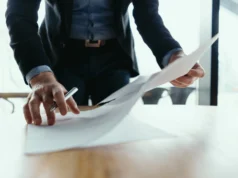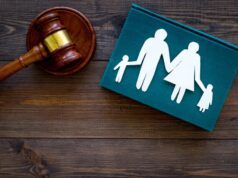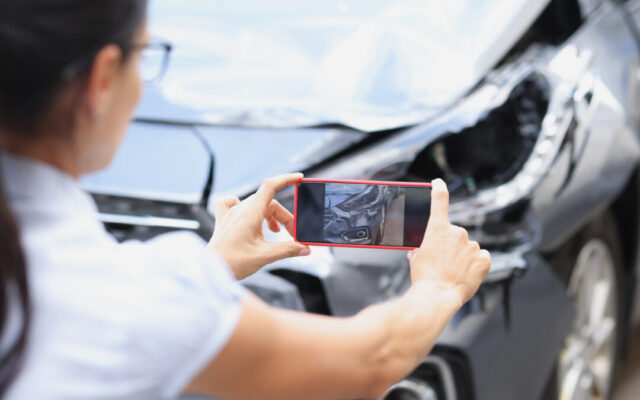
Accidents happen, and when they do, it’s important to assess the resulting damage accurately and fairly. Whether you’re an insurance adjuster, an auto repair professional, or an individual filing a claim, understanding the art of accident and damage assessment is crucial for ensuring fair insurance claims. In this comprehensive guide, we will explore the key steps and techniques involved in mastering this art, equipping you with the knowledge to navigate the assessment process with confidence.
Understanding Insurance Policies and Coverage
To begin the journey of vehicle appraisal, it’s essential to have a solid understanding of insurance policies and coverage. Familiarize yourself with the terms, conditions, and limitations of the insurance policy relevant to the claim. This knowledge will help you accurately assess the extent of coverage and determine the applicable guidelines and procedures for the assessment process.
Importance of Thorough Documentation
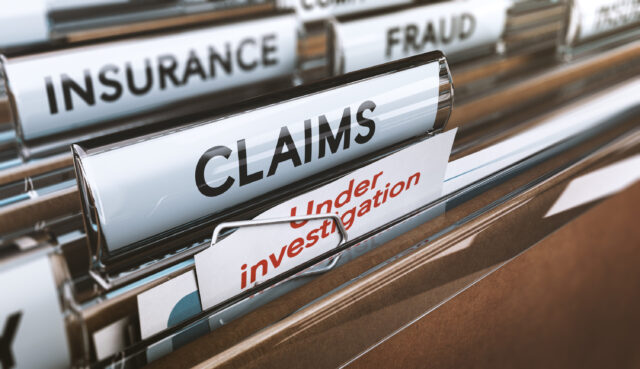
Documentation is not only crucial but also serves as the backbone of a fair insurance claim assessment. It is imperative to begin gathering information as soon as an accident occurs. Thoroughly document the incident by capturing photographs and videos of the scene, collecting witness statements, and obtaining relevant police reports if applicable. Accurate and detailed documentation is essential as it establishes the foundation for an objective assessment, provides a comprehensive record of the events, and greatly assists in substantiating the claim.
Initial Assessment Steps for Accidents and Damage
After gathering initial information, it’s time to proceed with the assessment process. Start by conducting a thorough visual inspection of the damaged property or vehicle. Assess the visible damage, taking note of any structural, mechanical, or cosmetic issues. This initial assessment will provide a general understanding of the extent of the damage and guide you in determining the next steps.
Identifying and Documenting Contributing Factors
Accurate assessment entails the critical task of identifying and meticulously documenting the contributing factors that precipitated the incident. Was it caused by human negligence, adverse weather conditions, or a mechanical failure? It is essential to discern the key factors involved and incorporate them into your comprehensive assessment report.
This crucial information not only aids in establishing liability but also guarantees a fair evaluation of the claim. By accurately pinpointing the contributing factors, a thorough assessment can be conducted, ensuring that all relevant aspects are considered in determining the extent of responsibility and providing a just resolution to the claim.
Techniques for Evaluating Vehicle Damage
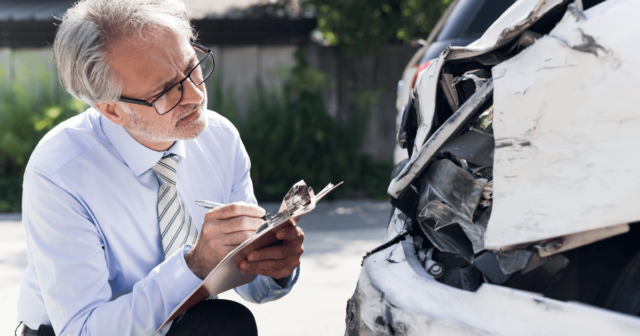
When assessing vehicle damage, it’s important to adopt specific techniques to ensure an accurate evaluation. Start by examining the external damage, such as dents, scratches, or broken parts. Move on to the internal components, evaluating the functionality of mechanical and electrical systems. Utilize diagnostic tools, if necessary, to uncover any hidden damage. A comprehensive evaluation of the vehicle’s condition enables you to estimate repair costs and determine the feasibility of repairs.
Assessing Structural Damage and Impact on Safety
Structural damage poses significant risks to the safety and integrity of a property or vehicle. When assessing structural damage, it’s crucial to identify the affected components and evaluate their integrity. Look for signs of cracks, distortion, or compromised load-bearing elements. Consider consulting with structural engineers or professionals with expertise in the specific type of damage for a more accurate assessment. Ensuring the safety of the property or vehicle is paramount in a fair assessment.
Estimating Repair Costs and Determining Feasibility
Once the damage has been assessed, estimating repair costs becomes essential. Consider the cost of parts, labor, and any additional expenses associated with the repairs. Take into account local market rates and industry guidelines for pricing. Additionally, evaluate the feasibility of repairs based on the extent of damage and the vehicle or property’s value. Determine whether the cost of repairs is reasonable and proportionate to the value of the insured item.
Analyzing Pre-existing Damage and Wear
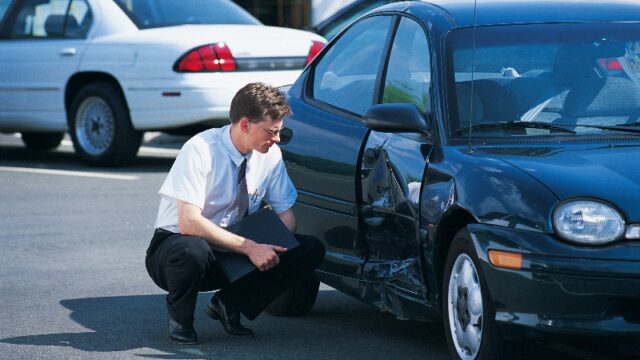
To ensure a fair insurance claim, it’s important to differentiate between pre-existing damage and damage caused by the incident. Conduct a thorough review of historical records and documentation, such as previous inspection reports or repair records. Perform visual inspections and comparative analysis to identify any pre-existing damage or wear. Accurately documenting pre-existing conditions helps avoid potential disputes and ensures a fair assessment.
Techniques for Handling Total Loss Claims
In some cases, the damage incurred may be so severe that the property or vehicle is deemed a total loss. Handling total loss claims requires specific knowledge and procedures. Understand the total loss thresholds set by the insurance company and calculate the actual cash value of the item. Evaluate salvage options and negotiate fair market value to ensure a reasonable settlement for the claimant.
Resolving Disputed Claims and Negotiating Fair Settlements
Disputed claims can arise due to differences in assessment between the claimant and the insurance company. To resolve such disputes, employ various techniques such as presenting additional evidence, seeking third-party appraisals or inspections, or engaging in mediation or arbitration. Effective negotiation skills and a thorough understanding of the assessment process are key to achieving fair settlements that satisfy all parties involved.
Effective Communication with Insurance Adjusters

Communication plays a vital role in the accident and damage assessment process. When interacting with insurance adjusters, it’s essential to present clear and concise information. Use terminology familiar to the insurance industry, providing supporting evidence to substantiate your assessment. Effective communication fosters understanding and cooperation, leading to fair and efficient claim settlements.
Ethical Practices and Professionalism in Accident and Damage Assessment
Finally, as professionals involved in accident and damage assessment, it’s crucial to uphold ethical practices and maintain a high level of professionalism. Avoid bias or conflicts of interest that may compromise the fairness of the assessment. Adhere to industry standards, continually update your knowledge and skills, and prioritize the best interests of all parties involved.
Conclusion
Accident and damage assessment is an important skill to master in order to ensure fair insurance claims. With the right tools, training, and experience, you can develop your skills as an assessor so that you can be confident that your assessments are accurate and reliable. By understanding the importance of accuracy when assessing damages after an accident or incident, you will be able to help provide peace of mind for those affected by ensuring they receive a fair insurance claim.

